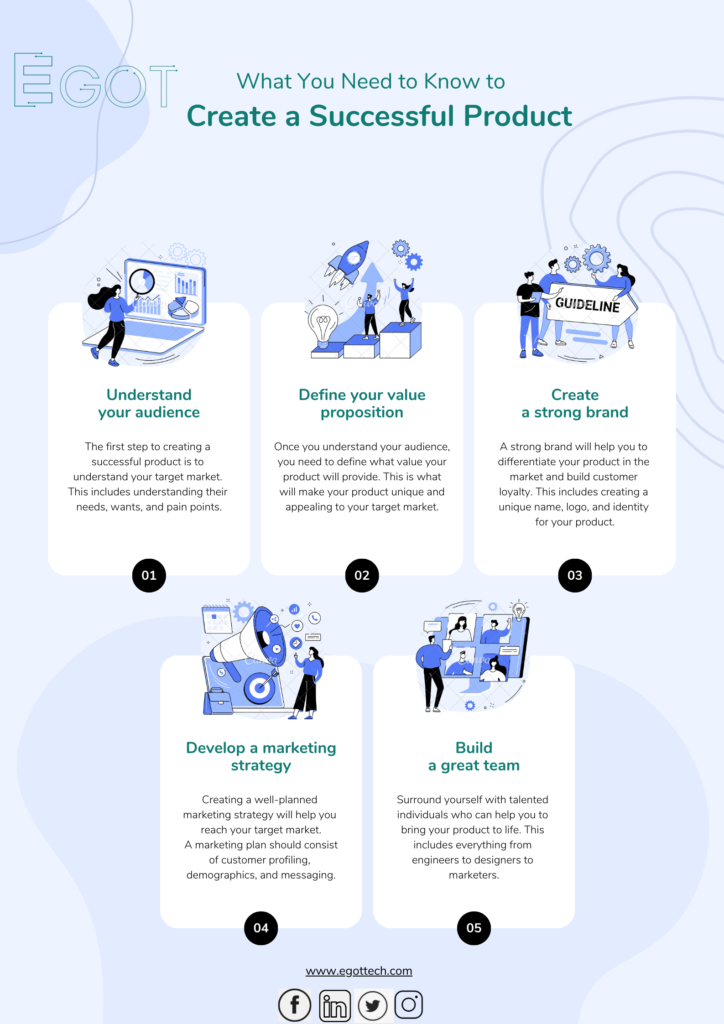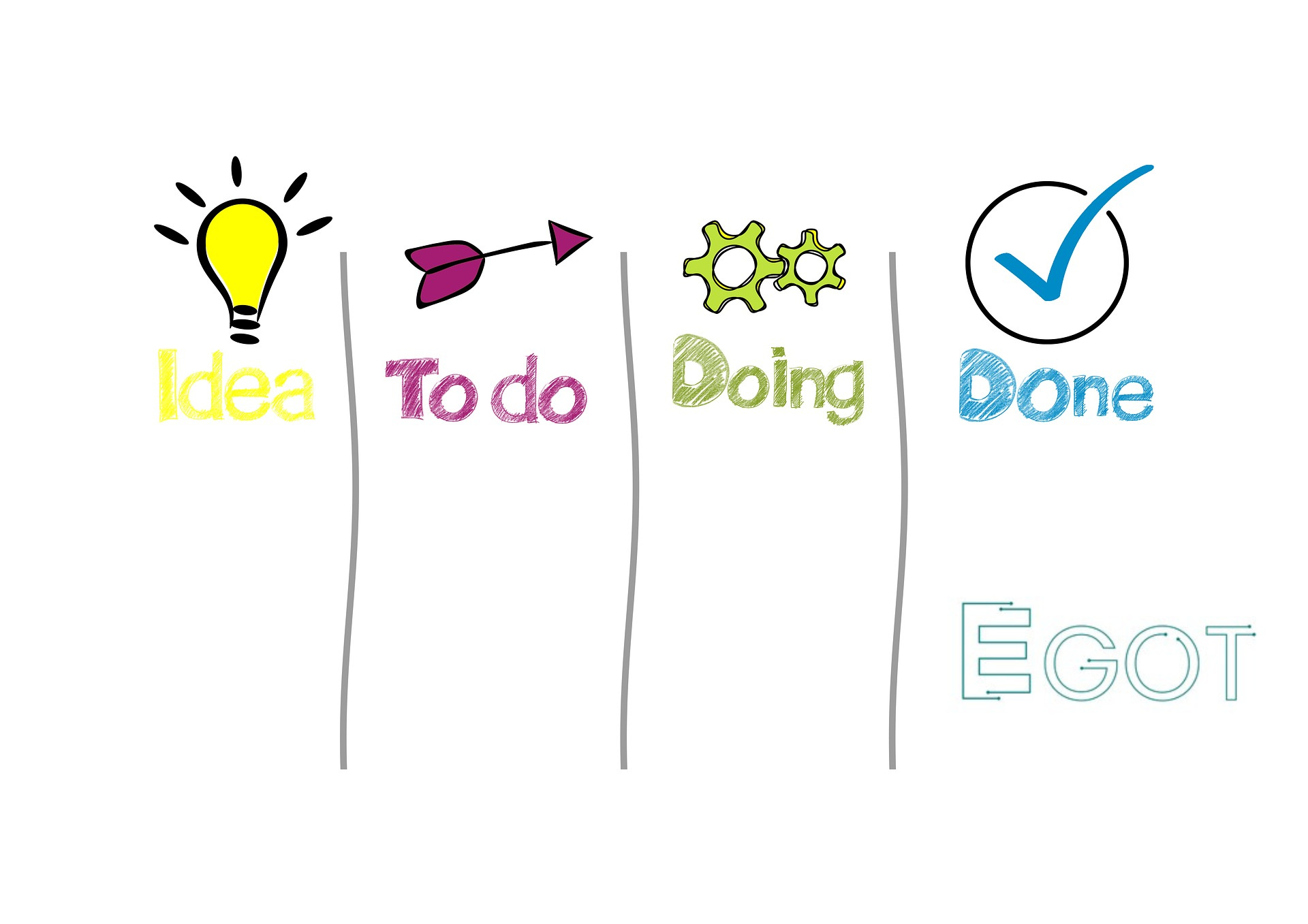
To develop a successful product in the IT industry, businesses should follow a systematic and strategic approach. Here are the key steps to achieve success:
1. Market Research and Analysis
- Identify Market Needs: Understand the current market trends, customer needs, and pain points. Utilize surveys, focus groups, and competitive analysis to gather valuable insights.
- Target Audience: Define your target audience and create detailed buyer personas to tailor your product to their specific requirements.
2. Ideation and Concept Development
- Brainstorming: Generate innovative ideas through brainstorming sessions with your team. Encourage creativity and out-of-the-box thinking.
- Feasibility Study: Assess the feasibility of your ideas in terms of technology, market demand, and financial viability.
3. Prototyping and MVP Development
- Create Prototypes: Develop initial prototypes to visualize the product and refine its features based on feedback.
- Minimum Viable Product (MVP): Build an MVP with core functionalities to test the market and gather user feedback quickly.
4. Product Development
- Agile Methodology: Use agile development practices to ensure iterative progress and adaptability. This allows for continuous feedback and improvements.
- Cross-Functional Teams: Assemble a diverse team including developers, designers, and marketers to work collaboratively on the product.
5. User Testing and Feedback
- Beta Testing: Release the MVP to a select group of users for beta testing. Collect feedback on usability, functionality, and performance.
- Iterative Improvements: Use the feedback to make necessary adjustments and improvements before the final launch.
6. Marketing and Go-to-Market Strategy
- Branding: Develop a strong brand identity that resonates with your target audience.
- Marketing Plan: Create a comprehensive marketing plan that includes digital marketing, content marketing, social media, and PR strategies.
- Launch Plan: Plan a strategic product launch with clear timelines, promotional activities, and media coverage.
7. Product Launch
- Soft Launch: Consider a soft launch to iron out any final issues before a full-scale launch.
- Full Launch: Execute the full product launch with robust support and marketing activities to maximize visibility and user adoption.
8. Post-Launch Activities
- Customer Support: Provide excellent customer support to assist users and resolve any issues promptly.
- Continuous Improvement: Monitor product performance and user feedback continuously. Release regular updates and enhancements based on user needs and technological advancements.
9. Scalability and Growth
- Scale Up: As your product gains traction, plan for scalability to handle increased demand and expand your market reach.
- Innovation: Continue innovating to stay ahead of competitors and meet evolving customer expectations.
10. Performance Analysis
- KPIs and Metrics: Track key performance indicators (KPIs) and metrics to evaluate the product’s success and identify areas for improvement.
- User Analytics: Use analytics tools to gain insights into user behavior and product usage patterns.
Share this content:

